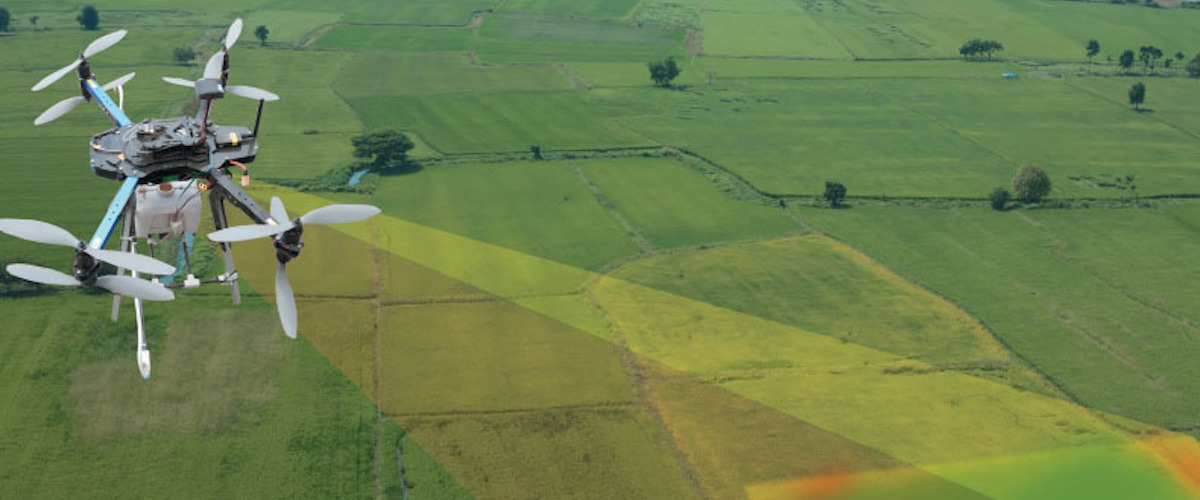Delivering the Promise of IoT in Rural America

As published in The CCA Voice
By: Noelani McGadden, Vice President of Strategic Accounts, Senet
We are no longer debating the potential benefits of the Internet of Things (IoT). Now, conversation has shifted to the commercialization of the technology and how specifically to deploy, connect, and manage IoT devices at massive scale. With a diverse set of IoT applications characterized by different demands, there is no “one technology fits all” approach to delivering connectivity for all IoT applications. The emergence of Low Power Wide Area Networks (LPWANs), however, is fundamentally changing the IoT landscape, and there may not be a better example of how IoT can deliver transformative results than in rural and remote locations.
In the agriculture market alone, it is predicted there will be more than 75 million IoT devices connected by 2020, with the average farm producing up to 4.1 million data points daily by 2050. With the growth in IoT solutions for the agriculture market, the automated collection of data related to environmental conditions and other crop-related input is driving more meaningful and actionable contextualized output. This digitalization of the agricultural industry is enabling more efficient allocation and use of resources and driving process optimization for stakeholders throughout the entire global supply chain.
Applied to crop management, these solutions are driving multi-year crop stability and optimizing returns on crop growth while preserving resources for large and small farms. Air and soil sensors, for example, are providing farm owners with real-time data that allow them to optimize growing conditions; smart irrigation systems are minimizing water loss; and field management and vegetation control systems enable farmers to monitor the state of their crops, providing real-time data that can be used for accurate harvest forecasting and improved crop quality.
These and other smart farming technologies are contributing to an optimized supply chain. Agricultural suppliers can better manage yield, improve inventory management, enhance delivery services, and ultimately contribute to an automated supply chain in which goods can be delivered in real-time based on supply and demand.
Driven by the promise of trillions of dollars in IoT economic opportunity, Communication Service Providers (CSPs) are executing IoT strategies to support agricultural applications in rural America. With many agriculture and rural IoT applications best suited for Low Power Wide Area Networks, CSPs should not be waiting to finish massive 5G spectrum networks to activate IoT into strategic service offerings and advantages. Instead, by considering the interoperability and feature set inherent in LoRaWAN (Low Power Wide Area Network solutions based on the LoRaWAN protocol), CSPs can rapidly deploy an IoT network with minimal time and upfront CAPEX.
Purposely built for supporting IoT applications at scale, LoRaWAN networks are seen as the key to unlocking the enormous potential of IoT solutions in rural areas. By collecting and transmitting only the data that is needed to optimize specific applications or operations, LoRaWAN networks are filling the gap between high-cost, high-function cellular and localized, high-touch Wi-Fi and offering value that cannot be achieved with other network technologies, such as:
- Substantially lower cost in both capital and operational expense
- The ability to deploy sensor solutions with a lifespan of more than 10 years
- Fewer gateways needed to cover a broad footprint
- The ability to connect sensors over long distances in harsh environments
- Accelerated time to market for end solution deployments
As the CSP’s customer base extends beyond their fiber or tower coverage, so should their IoT offerings. With LoRaWAN coverage in place for agriculture services, CSPs can provide connectivity for a wide variety of emerging IoT applications to deliver added value to rural areas. To succeed, CSPs will need to get in front of these projects before IoT connectivity is commoditized, and do so with disruptive business models that turn massive volumes of physical things into digital relationships with recurring service revenues.
